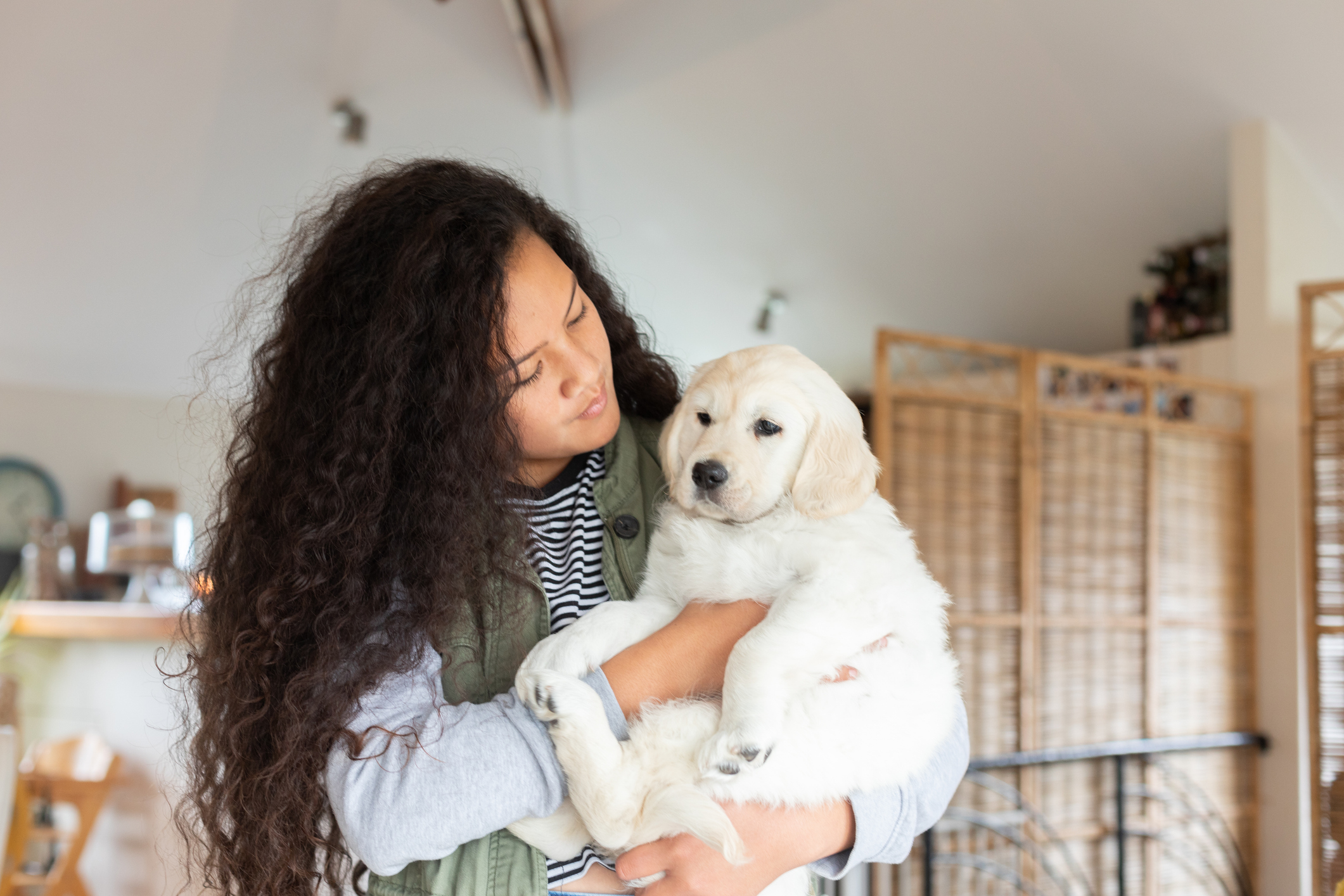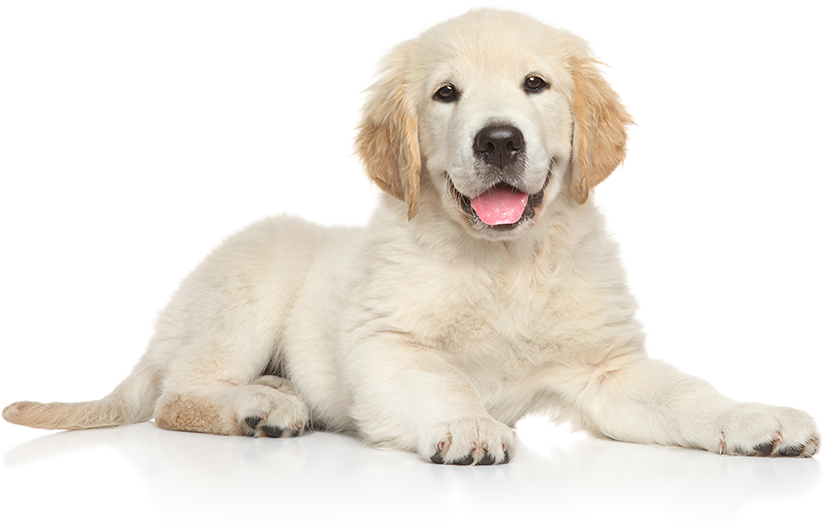
Aug 01, 2025 | By, For Pet's Sake
Pet-proof your home: 11 tips to create a safe environment for your new fur baby
A new puppy from your neighbor, a rescue dog entering its forever home, or a stray cat who’s chosen you as their human—welcoming a new pet into your family is an exciting time for everyone! But, before their paws get too comfortable with crawling over couches or napping under beds, it is important to create a pet-friendly environment to prevent any potential accidents.
Eating something they’re not supposed to, knocking over your grandmother’s prized ceramic vase, or even chewing up your favorite shoes are all examples of what happens when you don’t pet-proof your home.
It’s time to start cleaning, sweeping, and packing up your valuables. Here are 11 tips for creating a safe, loving home for your new pet!
- Provide comfortable bedding: A housewarming for your new pet should include the initiation of your pet’s lounging spaces! For pets that’ll sleep with their humans, get them used to their blanket by marking their scent on it with their favorite toys and treats—the same goes for dogs who’ll be slumbering on the floor: put familiar objects in every place you want them to rest and retreat.
- Introduce all family members ahead of time: Have your pet meet all members of your home prior, including your other pets. A few friendly sniffs and curious cuddles before taking them home are especially helpful when you have infants and young children who may not yet know the proper ways to play with pets, which will, in turn, create fewer surprises for the pet when a toddler pulls on its tail!
- Secure electrical cords and outlets: Electric cords, open sockets, and loose wires are not only potential electrocution risks; they can also be tripped over, causing injuries and accidents to your pets and most precious materials. Pet-proof your home by covering all cords and sockets and keeping them out of the way.
- Put away fragile items: Again, accidents happen, and cats, who are notorious for climbing on furniture, tables, and everything else, and dogs, whose bursts of energy can have them running into things, can cause glass objects to be shattered. Put all items you don’t want broken out of reach on high shelves and in protected areas.
- Clear away swallowable objects: It’s easy for nails, pieces of glass, and coins to go undetected even in the tidiest of homes. Frequent sweeping and vacuuming are a must to get rid of these tiny, hazardous items that can cause choking and expensive vet bills.
- Establish a bathroom solution: Potty pads for young pups and litter box placement are important to establish in the first months of your new pet. However you choose to potty train your pet, make sure it is consistent to avoid confusion and accidents while they are learning the rules of your home.
- Establish indoor and outdoor areas: Some places are off-limits for pets, like kitchens and formal dining rooms. Let your pet know where it’s okay and not okay to hang out by playing with them in these areas and leaving behind their favorite objects.
- Secure all fences and gates: Wherever your pets have a big backyard to roam or enjoy catching sun rays on your apartment’s balcony, make sure that all areas with potential for escape are guarded to prevent them from running away, falling, or injuring themselves. Some dogs, like Huskies, are escape artists—infamous for digging under gates and jumping fences. So, for larger dogs, make sure they are not only high enough, but also cannot be dug through!
- Secure your swimming pool: If your home has a swimming pool, it is very important to keep it guarded when not in use. For some pets, it takes practice to learn how to swim, and before they are comfortable without a life vest, leaving them unattended can be fatal.
- Keep plants out of reach: Some plants, such as tulips, garlic, and cyclamen, are extremely toxic to pets and can cause poisoning or even death. Keep your plants in a location they cannot access and fence off your garden if you are growing any crops or plants that are harmful to pets.
- Secure toxic chemicals: Cleaning supplies are often kept in cabinets, which, for some pets, are no challenge to open themselves when searching for treats. Make sure all lids on soaps, sprays, and powders are fastened tightly, and keep them in a space that is difficult for children and pets to access.
Have a question about pet health? Want to become the best possible pet parent? Find helpful tips, reminders, and insights to give your furry friend the best possible care with For Pet’s Sake! Learn more at drdevonsmith.com.

